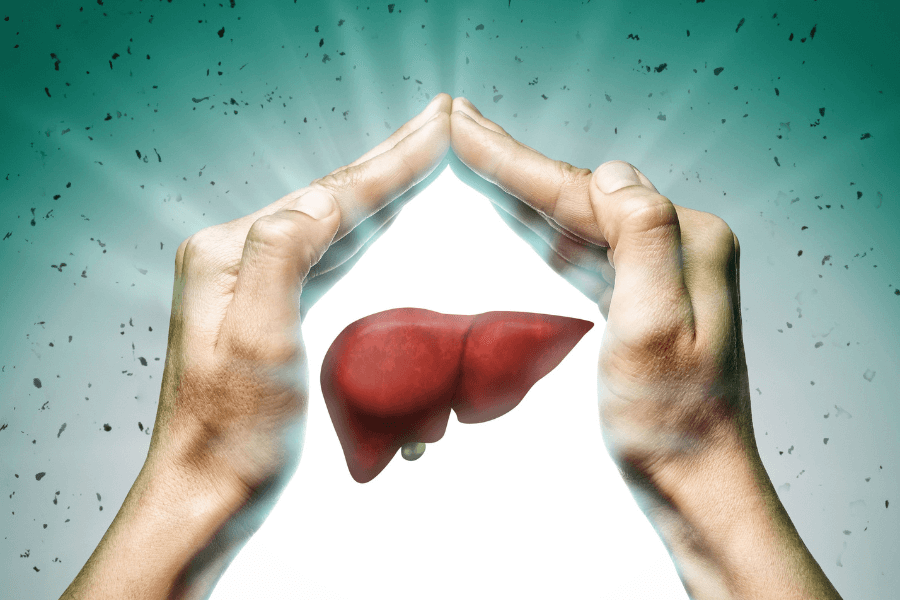Liver cancer research making the business case for prevention

DATE
TYPE Prevention Centre News
We recently hosted an end-of-project research seminar to showcase the findings of Associate Professor Eleonora Feletto from the Daffodil Centre and her team using an updated Australian liver cancer predictive model Policy1-Liver. They assessed the health and economic implications of hepatocellular carcinoma (HCC, the most common form of liver cancer) surveillance and other public health measures for early detection and proactive intervention of liver cancer.
Research Fellow Dr Joachim Worthington, also from the Daffodil Centre, received additional funding through the 2022 Prevention Centre Seeding Grants Program to further extend the project and make a business case for efficient and effective targeted interventions to reduce the burden of liver cancer in Australia for high-risk patients with metabolic risk factors.
The project studied the risk of liver cancer for people with alcohol-related fatty liver disease (ARLD) or metabolic-associated fatty liver disease (MAFLD, predominantly affecting patients with obesity, diabetes, and/or metabolic dysregulation). The Policy1-Liver model was used to assess the potential impact of weight loss, alcohol cessation, and routine liver surveillance on long-term HCC incidence and deaths.
It was found that up to 150 MAFLD-related liver cancer deaths and 108 ARLD-related liver cancer deaths would be preventable annually in Australia by routine HCC surveillance, and weight loss interventions could prevent up to 417 liver cancer deaths a year. As part of the Seeding Grant extension, the project identified the health benefits and cost-effectiveness of HCC surveillance for metabolic-associated steatohepatitis (MASH) patients and assessed the recent evidence available of disease prevalence and transitions for MAFLD and MASH patients as well as diagnostic technologies for both.
We found targeted routine liver surveillance can reduce the likelihood of HCC death by 27% in MASH patients while improving cost-effectiveness to $16,000 per life-year saved and reducing resource burden.
Associate Professor Eleonora Feletto, The Daffodil Centre
The research findings are already driving advocacy to reduce the burden of liver cancer. Representatives from Cancer Council Australia and Cancer Council Victoria joined the seminar panel to discuss their role in the research and how stakeholders recognise the greatest impact of this work coming out of prevention and early detection. The research findings have been particularly welcomed in the current climate of health systems being asked to do more with less and it is helping knock on doors and revisit policy conversation.
There’s a need to engage with policy makers, researchers and health practitioners to improve health literacy, and awareness and understanding of liver cancer control activities that can be implemented in all their various work that will help us achieve better outcomes.
Amanda MCatamney, Cancer Council Australia
For the first time we’ve been able to elevate the urgency of liver cancer and it has give us a policy platform to work from. We now have evidence on what should be prioritised to address rising rates of liver cancer.
Charissa Fend, Cancer Council Victoria
The panel also highlighted the need to address cultural sensitivity and safety to ensure all work aiming to improve liver cancer control will be accepted in the community. During the seminar they emphasised that in order to build an economic case for liver cancer, researchers and policy makers need to be mindful when undertaking further research or decision that:
- Those with lived experience of liver cancer should be included in the modelling process and ensure sector buy-in
- The same solutions will not necessarily work for the same groups
- Discrimination and institutional racism shrouds this disease and that there is a face behind every statistic
A summary of the research findings is available here and a recording of the seminar is also available here.



